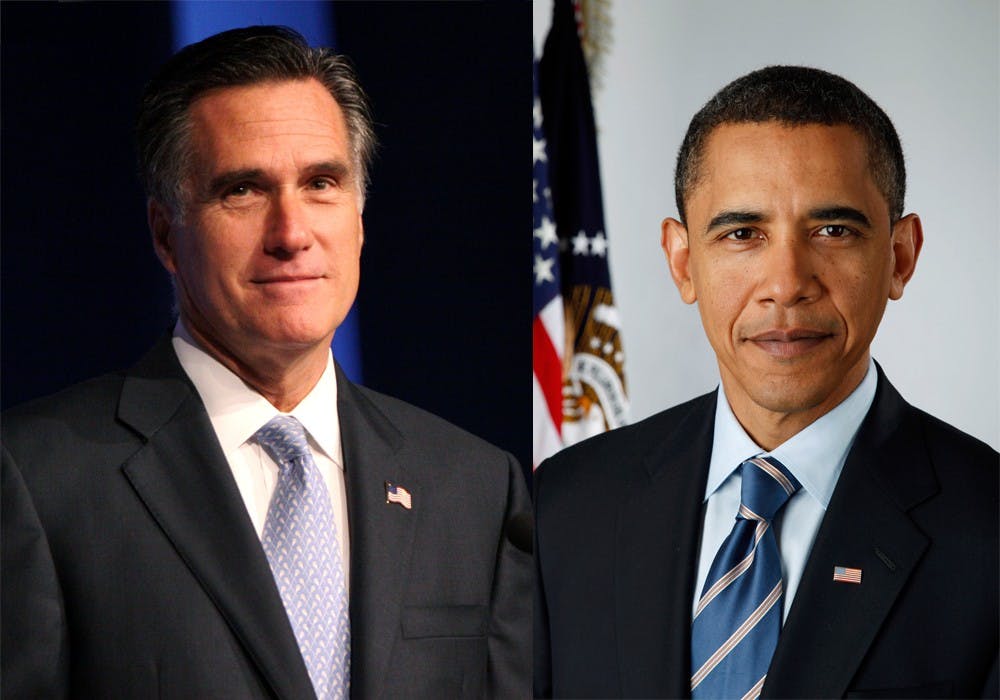After giving people a chance to simmer down and letting ridiculous proclamations of “I’m moving to Canada if [insert politician here] wins!” meet with reason, we find it possible to reflect on the polling of the election cycle and evaluate its accuracy.
It may — or may not — come as some surprise that this presidential election, when all the votes were counted, President Barack Obama edged out Republican candidate Mitt Romney by 2.7 points in the popular vote. The Real Clear Politics average only had Obama 0.7 points ahead, with the three most recent polls averaging to a dead tie.
Those two points are indeed within the margin of error for most polls — with three out of the last four elections decided by a margin of less than three points.
The University Center for Politics makes extensive use of the popular news and polling web site RealClearPolitics.com, which has historically been fairly strong. “We generally rely on the poll averages,” Center spokesperson Kyle Kondik said. “If a poll is wildly different from the average, that raises questions about the poll.”
The polling average, especially in the most recent election, has tended to be accurate. But the University Center for Politics also looks at other factors, including electoral history, Kondik said. This year, the center only incorrectly predicted two states — placing Virginia and Florida, who both went blue this cycle, in the column for Romney. The RealClear Average predicted Virginia, by a hair, as voting blue, making Florida the website’s only incorrect prediction, a mistake many reputable polls made this year, Kondik said.
Kondik attributed the 2-point disparity between the Real Clear Politics prediction and the election outcome to a “late movement to the President that the polls didn’t necessarily pick up.” Data from the Rasmussen Reports suggests 12 percent of voters waited until the week before the election to make up their minds.
When administering polls the pollster has to identify who the person on the other end of the line prefers as a candidate, while also estimating how likely that person is to vote, Kondik said. Gallup, a major polling company, had Obama 3 points ahead heading into the election among registered voters, which turned out to be dead on. They also completed a separate poll that estimated how likely each person was to vote and determined that among “likely voters,” considered a stronger metric, Romney held a 1-point edge. Given the solid turnout, Kondik said that it was “possible that that screen was a little too tight” for identifying unlikely voters.
All of the polls conducted are vulnerable to error, and pundits are able to use them to prove sometimes biased conclusions. For instance, conservative commentator Dick Morris, remarking the Monday before the election, predicted “Romney will win by a very large margin, a landslide if you will.” Comments such as these do little besides push an ideological agenda, and it is important to make the distinction when searching for a reputable or accurate election prediction. The art of polling, it seems, turns out to be more of a science after all.







